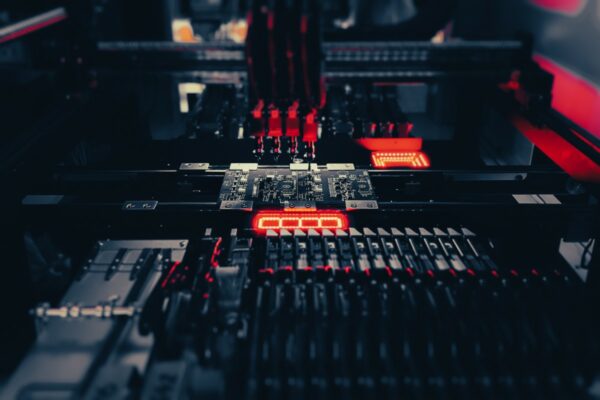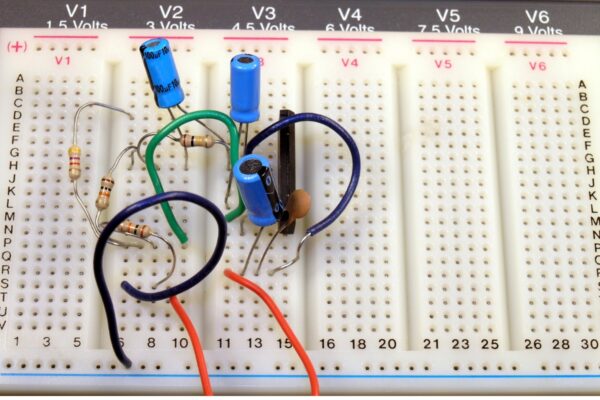What is Header
A header is a male connector that is commonly used in electronic circuits and PCBs. It comprises one or two rows of metal pins attached to a plastic base. The pins on the header are evenly spaced, typically at intervals of 2.54 mm or 0.1 inch, although other spacing options are available depending on the application.
The header provides a connection point for other components or devices. It allows for the easy and secure attachment of wires, cables, or other connectors. The header is typically mounted on the PCB, and the pins are inserted through holes drilled in the board. They are then soldered on the opposite side of the PCB to ensure a reliable electrical connection.
Headers can come in different configurations, including straight (vertical) or right-angle. Straight headers are used when the connection needs to be made in a vertical direction, while right-angle headers are used to connect two PCBs horizontally. This flexibility in design and assembly is one of the advantages of using headers in electronic circuits.
There are two types of headers: through-hole devices (THD) and surface mount devices (SMD). THD headers have pins that are inserted through holes in the PCB, while SMD headers have pins that are bent 90° and mounted directly onto the surface of the PCB, eliminating the need for drilled holes.
The term “header” is sometimes used interchangeably with “pin header” or “male socket header.” The female counterpart of a header is referred to as a female socket header. This refers to a connector with corresponding receptacles that mate with the pins on the header.





